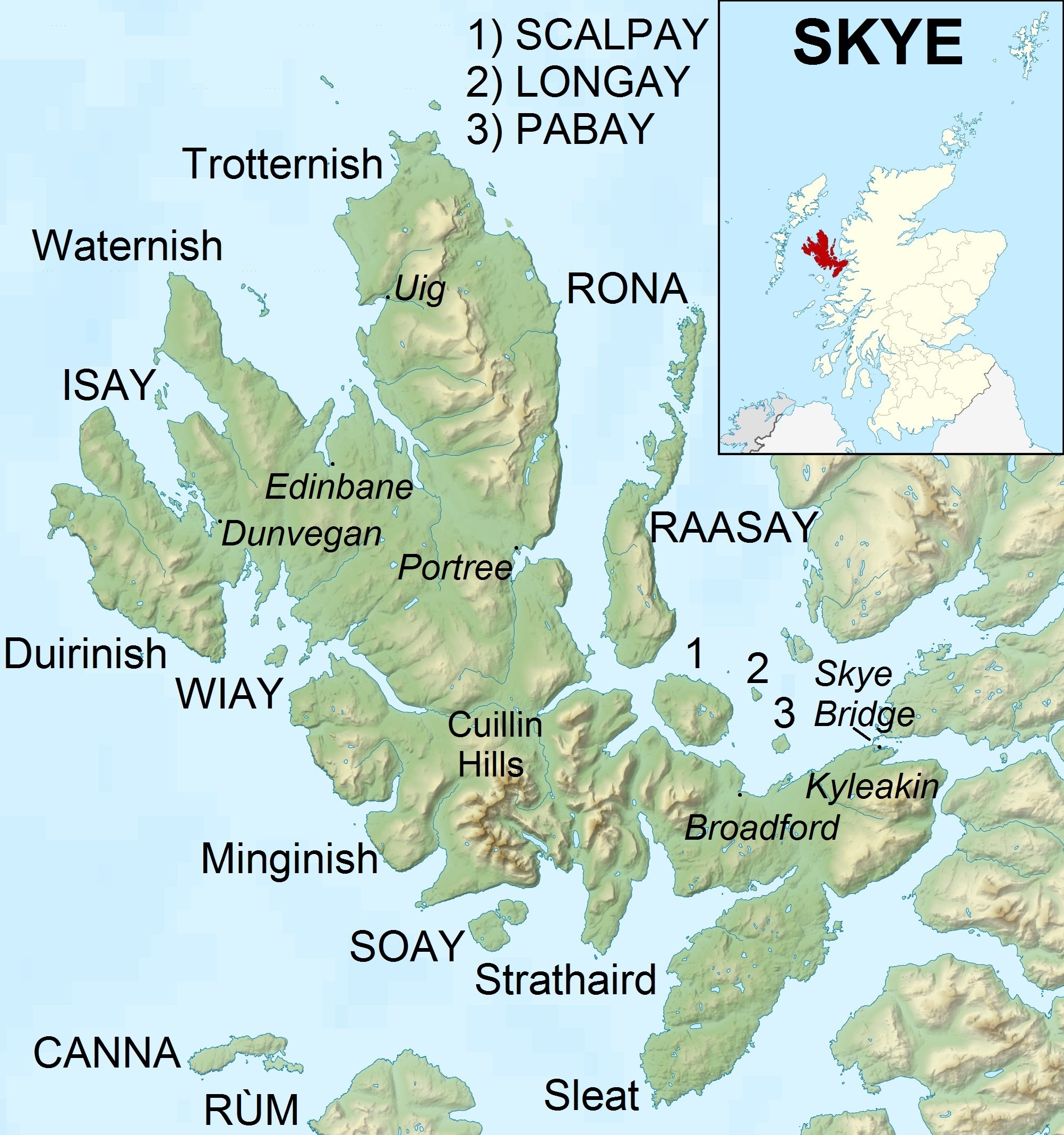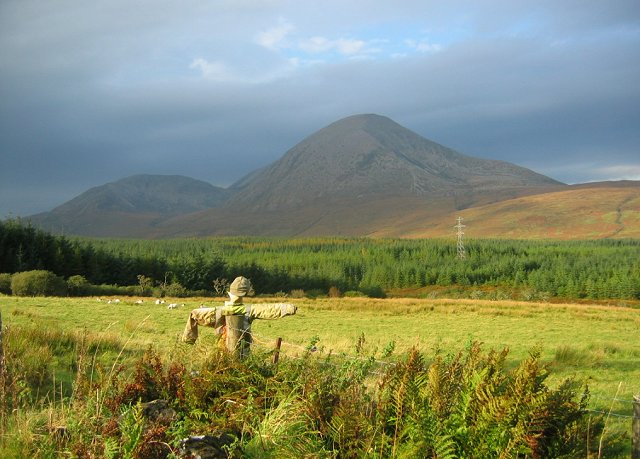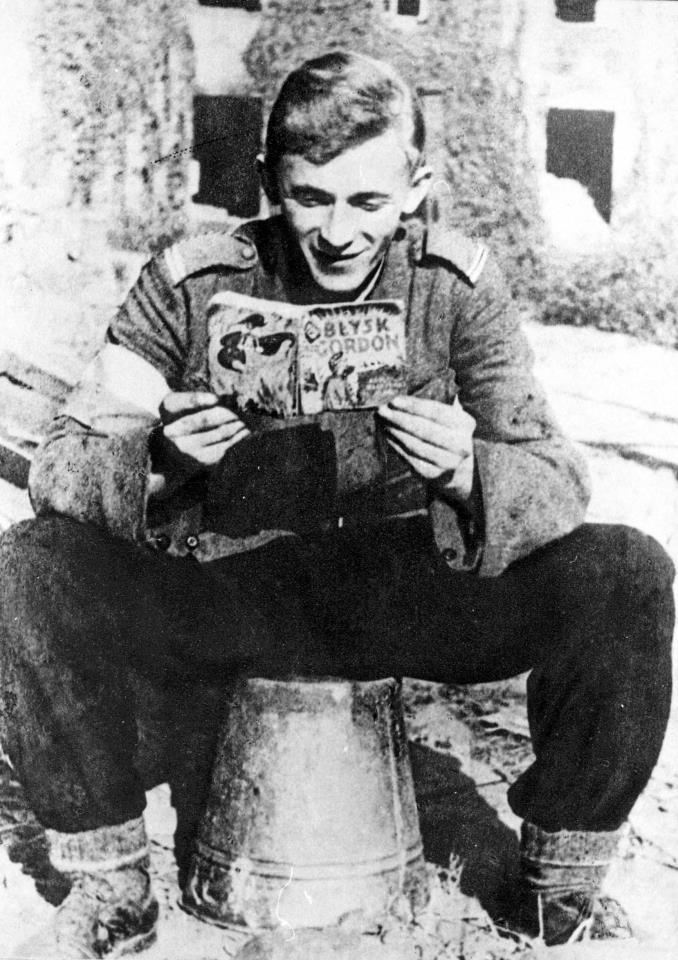|
Ashaig
Ashaig ( gd, Aiseag, referring to a ferry) is a small township, situated adjacent to Upper Breakish and Lower Breakish near Broadford on the island of Skye, Scotland. For administrative purposes, it lies in the Highland Council area. History Connection with St Maelrubha The old burial ground at Ashaig, which is still in use, reflects the site's ancient religious associations. By tradition, it is closely connected with St. Maelrubha (c.642-722), the apostle to Skye, who is said variously to have sailed over from Applecross (on a large flat stone) and to have occupied the small island of Pabay opposite the beach. Also in the burial ground are several Commonwealth War Graves, the majority of these being casualties from the warship '' HMS Curacoa'' which sank following a collision with the ocean liner ''Queen Mary'', which it was escorting at the time. There are still to be seen the sacred spring that started when the saint tore a small tree from the ground and a rocky crag above ... [...More Info...] [...Related Items...] OR: [Wikipedia] [Google] [Baidu] |
Broadford Airfield
Isle of Skye (Broadford) Airfield (also known as Ashaig Airstrip or Broadford Aerodrome) is a small airfield on the Isle of Skye, Scotland, with a single runway. It is next to the hamlet of Ashaig, near the village of Broadford. History The airport was constructed by the Corps of Royal Engineers and opened in 1972 to serve as a gateway to the Isle of Skye. Loganair operated a scheduled service from the airfield to Glasgow from 1972. However this service was discontinued in 1988. No commercial services have existed since then, and the airfield is usually deserted. The airport is occasionally used by NHS Highland and the Scottish Ambulance Service for transferring patients to hospitals in Inverness or Glasgow. In 1980 the airport was used as a filming location for the opening scene of ''Flash Gordon''. In recent years the airfield has been used for storage of large wind turbine components. It is also used for land sailing activities. Music festival Between 2005 and 2007 the ... [...More Info...] [...Related Items...] OR: [Wikipedia] [Google] [Baidu] |
Skye
The Isle of Skye, or simply Skye (; gd, An t-Eilean Sgitheanach or ; sco, Isle o Skye), is the largest and northernmost of the major islands in the Inner Hebrides of Scotland. The island's peninsulas radiate from a mountainous hub dominated by the Cuillin, the rocky slopes of which provide some of the most dramatic mountain scenery in the country. Slesser (1981) p. 19. Although has been suggested to describe a winged shape, no definitive agreement exists as to the name's origins. The island has been occupied since the Mesolithic period, and over its history has been occupied at various times by Celtic tribes including the Picts and the Gaels, Scandinavian Vikings, and most notably the powerful integrated Norse-Gaels clans of MacLeod and MacDonald. The island was considered to be under Norwegian suzerainty until the 1266 Treaty of Perth, which transferred control over to Scotland. The 18th-century Jacobite risings led to the breaking-up of the clan system and later c ... [...More Info...] [...Related Items...] OR: [Wikipedia] [Google] [Baidu] |
Broadford, Skye
Broadford ( gd, An t-Àth Leathann), together with nearby Harrapool, is the second-largest settlement on the Isle of Skye, Scotland. Lying in the shadow of the Red Cuillin mountains, Broadford is within the parish of Strath. A long meandering village historically consisting of a few buildings on either side of the Broadford River, the many small townships around the wide sweep of the bay have grown together and Broadford now stretches for around the southern side of Broadford Bay. History Like many places in Skye, Broadford derives its name from Old Norse. To the Vikings, this was ''Breiðafjorðr'' – the wide bay. The Gaelic name is of modern derivation and assumes that the "ford" element meant a river crossing. West of Broadford in Glen Suardal, on the lower slopes of Beinn na Caillich, is Goir a' Bhlàir, 'the field of battle' ( ). The battle concerned was apparently a decisive action by the Gaelic Clan Mackinnon against the Norsemen. From the late 1700s Broadford ... [...More Info...] [...Related Items...] OR: [Wikipedia] [Google] [Baidu] |
Máel Ruba
Máel Ruba ( 642–722) is an Irish saint of the Christian Church who was active in Scotland. Originally from Bangor, County Down, Ireland, he was a monk and founded the monastic community of Applecross in Ross, one of the best attested early Christian monasteries in what is now Scotland. Forms of his name include Máelrubai (Old Irish spelling), Maol Rubha (MoRubha/MaRuibhe) (Scottish Gaelic spelling), or Malruibhe, and it is sometimes Latinised as Rufus, Life Máel Ruba was descended from Niall, King of Ireland, via his father Elganach. His mother, Subtan, was a niece of Saint Comgall (d. 597 or 602) of Bangor. Máel Ruba was born in the area of Derry and was educated at Bangor. In 671, when he was thirty, he sailed from Ireland to Scotland with a group of monks. For two years he travelled around the area, chiefly in Argyll, perhaps founding some of the many churches still dedicated to him, before settling at ''Aporcrosan'' (Applecross) in 673, in Pictish territory in ... [...More Info...] [...Related Items...] OR: [Wikipedia] [Google] [Baidu] |
Beinn Na Caillich (Red Hills)
Beinn na Caillich () is a mountain with a height of , west of Broadford on the Isle of Skye, Scotland. It is one of the Red Hills, or Red ''Cuillin''. There is another Beinn na Caillich at Kyle Rhea on Skye, with an identical height. History and folklore The summit is adorned by an especially large cairn, reputedly marking the site where Saucy Mary, a Norwegian princess and former resident of Castle Moil in Kyleakin, is buried. Local legend claims that she was buried at the top of the mountain so that she could face the land of her birth forever. An alternative version of events suggests the monument was dedicated to "a gigantic woman in the days of Fingal". Thomas Pennant climbed the hill while staying with Mackinnon of Corriechatachan (or Corry); Samuel Johnson and James Boswell did not.Johnson, Samuel. ''A Journey to the Western Isles of Scotland'' On the eastern slopes is Goir a' Bhlàir, "the field of battle" (). The battle concerned was apparently a decisive action by t ... [...More Info...] [...Related Items...] OR: [Wikipedia] [Google] [Baidu] |
Royal Commission On The Ancient And Historical Monuments Of Scotland
The Royal Commission on the Ancient and Historical Monuments of Scotland (RCAHMS) was an executive non-departmental public body of the Scottish Government that was "sponsored" inanced and with oversightthrough Historic Scotland, an executive agency of the Scottish Government. As one of the country's National Collections, it was responsible for recording, interpreting and collecting information about the built and historic environment. This information, which relates to buildings, sites, and ancient monuments of archaeological, architectural and historical interest (including maritime sites and underwater constructions), as well as historical aspects of the landscape, was then made available to the public, mainly at no cost. It was established (shortly ahead of parallel commissions for Wales and England) by a Royal Warrant of 1908, which was revised in 1992. The RCAHMS merged with government agency Historic Scotland to form Historic Environment Scotland, a new executive no ... [...More Info...] [...Related Items...] OR: [Wikipedia] [Google] [Baidu] |
Springs Of Scotland
Spring(s) may refer to: Common uses * Spring (season), a season of the year * Spring (device), a mechanical device that stores energy * Spring (hydrology), a natural source of water * Spring (mathematics), a geometric surface in the shape of a helically coiled tube * Spring (political terminology), often used to name periods of political liberalization * Springs (tide), in oceanography, the maximum tide, occurs twice a month during the full and new moon Places * Spring (Milz), a river in Thuringia, Germany * Spring, Alabel, a barangay unit in Alabel, Sarangani Province, Philippines * Șpring, a commune in Alba County, Romania * Șpring (river), a river in Alba County, Romania * Springs, Gauteng, South Africa * Springs, the location of Dubai British School, Dubai United States * Springs, New York, a part of East Hampton, New York * Springs, Pennsylvania, an unincorporated community * Spring, Texas, a census-designated place * Spring District, neighborhood in Bellevue, Washin ... [...More Info...] [...Related Items...] OR: [Wikipedia] [Google] [Baidu] |
Holy Wells In Scotland
Sacred describes something that is dedicated or set apart for the service or worship of a deity; is considered worthy of spiritual respect or devotion; or inspires awe or reverence among believers. The property is often ascribed to objects (a " sacred artifact" that is venerated and blessed), or places (" sacred ground"). French sociologist Émile Durkheim considered the dichotomy between the sacred and the profane to be the central characteristic of religion: "religion is a unified system of beliefs and practices relative to ''sacred things'', that is to say, things set apart and forbidden." Durkheim, Émile. 1915. ''The Elementary Forms of the Religious Life''. London: George Allen & Unwin. . In Durkheim's theory, the sacred represents the interests of the group, especially unity, which are embodied in sacred group symbols, or using team work to help get out of trouble. The profane, on the other hand, involve mundane individual concerns. Etymology The word ''sacred'' des ... [...More Info...] [...Related Items...] OR: [Wikipedia] [Google] [Baidu] |
Christianity In Medieval Scotland
Christianity in Medieval Scotland includes all aspects of Christianity in the modern borders of Scotland in the Middle Ages. Christianity was probably introduced to what is now Lowland Scotland by Roman soldiers stationed in the north of the province of Britannia. After the collapse of Roman authority in the fifth century, Christianity is presumed to have survived among the British enclaves in the south of what is now Scotland, but retreated as the pagan Anglo-Saxons advanced. Scotland was largely converted by Irish missions associated with figures such as St Columba, from the fifth to the seventh centuries. These missions founded monastic institutions and collegiate churches that served large areas. Scholars have identified a distinctive form of Celtic Christianity, in which abbots were more significant than bishops, attitudes to clerical celibacy were more relaxed and there were significant differences in practice with Roman Christianity, particularly the form of tonsure and t ... [...More Info...] [...Related Items...] OR: [Wikipedia] [Google] [Baidu] |
Beaches Of Scotland
A beach is a landform alongside a body of water which consists of loose particles. The particles composing a beach are typically made from rock, such as sand, gravel, shingle, pebbles, etc., or biological sources, such as mollusc shells or coralline algae. Sediments settle in different densities and structures, depending on the local wave action and weather, creating different textures, colors and gradients or layers of material. Though some beaches form on inland freshwater locations such as lakes and rivers, most beaches are in coastal areas where wave or current action deposits and reworks sediments. Erosion and changing of beach geologies happens through natural processes, like wave action and extreme weather events. Where wind conditions are correct, beaches can be backed by coastal dunes which offer protection and regeneration for the beach. However, these natural forces have become more extreme due to climate change, permanently altering beaches at very ... [...More Info...] [...Related Items...] OR: [Wikipedia] [Google] [Baidu] |
Populated Places In The Isle Of Skye
Population typically refers to the number of people in a single area, whether it be a city or town, region, country, continent, or the world. Governments typically quantify the size of the resident population within their jurisdiction using a census, a process of collecting, analysing, compiling, and publishing data regarding a population. Perspectives of various disciplines Social sciences In sociology and population geography, population refers to a group of human beings with some predefined criterion in common, such as location, race, ethnicity, nationality, or religion. Demography is a social science which entails the statistical study of populations. Ecology In ecology, a population is a group of organisms of the same species who inhabit the same particular geographical area and are capable of interbreeding. The area of a sexual population is the area where inter-breeding is possible between any pair within the area and more probable than cr ... [...More Info...] [...Related Items...] OR: [Wikipedia] [Google] [Baidu] |
Flash Gordon
Flash Gordon is the protagonist of a space adventure comic strip created and originally drawn by Alex Raymond. First published January 7, 1934, the strip was inspired by, and created to compete with, the already established '' Buck Rogers'' adventure strip. Creation The ''Buck Rogers'' comic strip had been commercially very successful, spawning novelizations and children's toys, and King Features Syndicate decided to create its own science fiction comic strip to compete with it. At first, King Features tried to purchase the rights to the '' John Carter of Mars'' stories by Edgar Rice Burroughs. However, the syndicate was unable to reach an agreement with Burroughs. King Features then turned to Alex Raymond, one of their staff artists, to create the story. One source for Flash Gordon was the Philip Wylie novel '' When Worlds Collide'' (1933). The themes of an approaching planet threatening the Earth, and an athletic hero, his girlfriend, and a scientist traveling to the new p ... [...More Info...] [...Related Items...] OR: [Wikipedia] [Google] [Baidu] |





